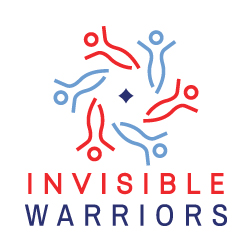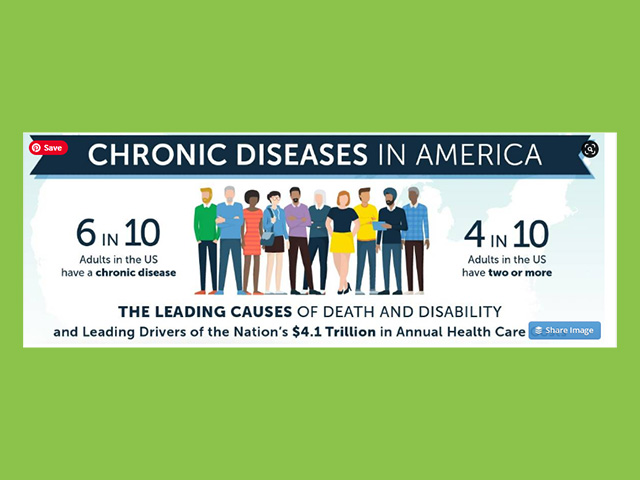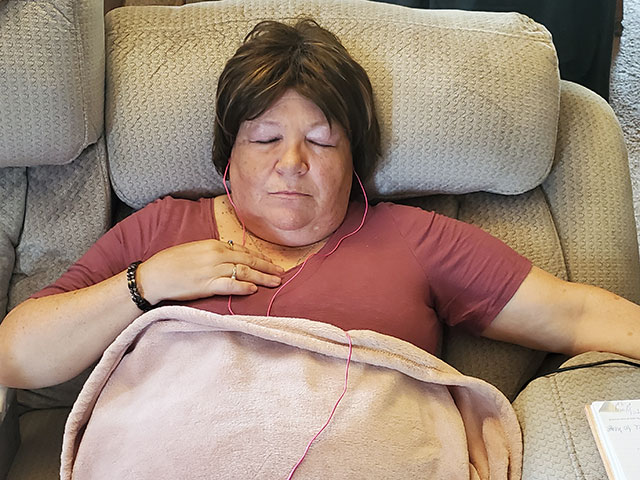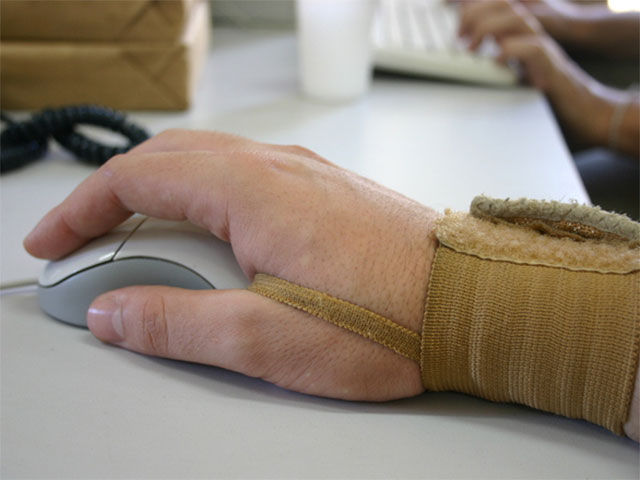
Are You Invisible?
Becoming Visible – the Invisible Warrior!
Are you invisible?
If you live with chronic pain for whatever reason, and life seems to be fighting against you every step of the way, then you may be invisible. Being invisible means no one is there to help, support, and aid you because no one sees you. And no one sees your pain.
Millions of people live their invisible lives; millions of people live with chronic pain and disabilities. Many are discriminated against in ways with which you might not be familiar. Even though (Federal and State, USA) laws are there to protect those with disabilities, certain industries do not comply with such rules. Even worse, people discriminate against other people.
On Becoming Visible
If you were to have a conversation with Nancy Becher, your heart would melt.
Talk with anyone with chronic pain, and they will tell you a story. Depending on how the individual copes with the pain daily, that story can have different endings. Most of the time, you will learn three things: when it all started, the complications that resulted, and the multitude of medical professionals who got involved. If you dig a bit deeper, you may also learn that doctors – i.e., medical professionals – may not always believe you.
You read that correctly – medical professionals may not believe your story.
Today, I will tell you about one such story.
Meet Nancy Becher
Nancy and I engage on LinkedIn regularly. As with most things, engagement was slow in the beginning. But I understood Nancy’s passion for others. I connected with her mission – let’s get the word out about those who suffer chronic pain. These people are often overlooked by medical professionals, especially when the source of the pain cannot be easily or readily identified.
Yes, there is an origin story. There is always a Genesis. There is always a point in history where we can say, “yes!” This is when it all started. But chronic pain? Can pain last beyond the healing? These are good questions. However, I do not know the answers. I only know the stories that people tell me.
This is One of Those Stories
“Hello, Nancy,” the doctor said. “What brings you in today?”
Nancy sits in her wheelchair in the doctor’s office. This is a new referral. This is the first meeting between Nancy and the medical professional. Due to struggles with insurance providers, Nancy faces the continual challenge of receiving the appropriate medical care for her needs.
“Doc,” Nancy begins. “I’m in pain.”
Nancy, once again, offers the medical professional a brief backstory and then tells him, “I have Complex Regional Pain Syndrome.”
“You’re lying,” the medical professional follows, “I have never heard of such a thing.”
People, such as Nancy Becher, who live with chronic pain face significant life challenges. Besides the internal struggles they face each day – literally wanting to get up and out of bed knowing that this day will be difficult to cope with emotionally, psychologically, and physically – people with invisible illnesses face socio-economic and other real-life struggles.
Looking back at the conversation with her doctor, how insulted would you feel if your medical professional told you that you were lying about your illness or condition? Surely, the conversation would go south from there. No need to explain the symptoms or problems. You first have to convince the doctor that you’re telling the truth.
Doctor, Meet Google
Let’s set the facts straight.
Complex Regional Pain Syndrome is “a chronic condition that causes long-lasting pain. Normally, pain is short-term and resolves as the body heals. But with this condition, pain doesn’t fade with time. Instead, ongoing pain might get worse instead of better as days and weeks pass.” ~ Hopkins Medicine
People with chronic pain and invisible illnesses embrace stigma, financial challenges, loneliness and isolation, and even suicidal thoughts and ideations on a regular basis. This is not quite the incentive you want to have waking up every morning.
Nancy’s Story
Nancy Becher is the founder of Invisible Warriors, a nonprofit organization focused on providing support and guidance for those who suffer from invisible illnesses. Additionally, she is on a mission to change the stigma associated with illness and disability. With the right support from her community, she also wants to change the way our (USA) federal government creates policies that help people with disabilities.
Nancy has a Master of Science degree in Counseling. Additionally, she is working toward her doctorate in Sociology. In 2022, she studied with Ministry with Disabilities. She is currently working toward her certification. She continues to exemplify the true nature of a life-long learner.
Her Life Changed in 2014
Picking up her parents from a senior center potluck dinner, Nancy was hit by a driver at the event. When the two cars collided, she was knocked from her vehicle, landing in a drainage ditch. Her body was twisted from the impact. As the ambulance came, Nancy could do nothing but writhe in pain and hope for the best. The best never came. No doctor could pinpoint any severe injuries aside from the cuts and scrapes associated with the impact on the ground. It took multiple doctors and many months before a medical professional had the insight to scan her body using an MRI (Magnetic Resonance Imaging).
Nancy was diagnosed with torn tendons, ligaments, and broken bones. This was five to six months after the fact, and by then, the permanent damage to her body had been done.
With surgery, some of the physical injuries were amended, but the pain continued. Eventually, a doctor diagnosed her with ‘Complex Regional Pain Syndrome’ from the prolonged nerve damage over those many months without proper medical care.
Often called the ‘suicide’ disorder, Nancy now faced new problems. How would she exist? What would she do now? How would she cope with the pain? What would prevent her from taking her own life?
Nancy was Determined to Live!
Since then, Nancy has undergone 16 surgeries and two spinal stimulators. She has met with countless medical professionals to find a way to deal with the pain. At this time, there is no solution. But there is hope.
Nancy organized and created Invisible Warriors, a 501c3 non-profit, to help others who are going through similar mental and physical journeys. It is her passion to support others while making it her mission to dialogue with medical professionals. Additionally, she continues to lobby for changes in the insurance, pharmaceutical, and travel industries so that women with hidden chronic and autoimmune disorders can begin to feel that they are not alone.
You are NOT invisible.
Thank you for reading!
Guest post by Dr. Keith McNally
Get involved! Click HERE to get started.
Are you looking for support?
Invisible Warriors is here to help! Check out our growing list of resources by clicking the button below.








